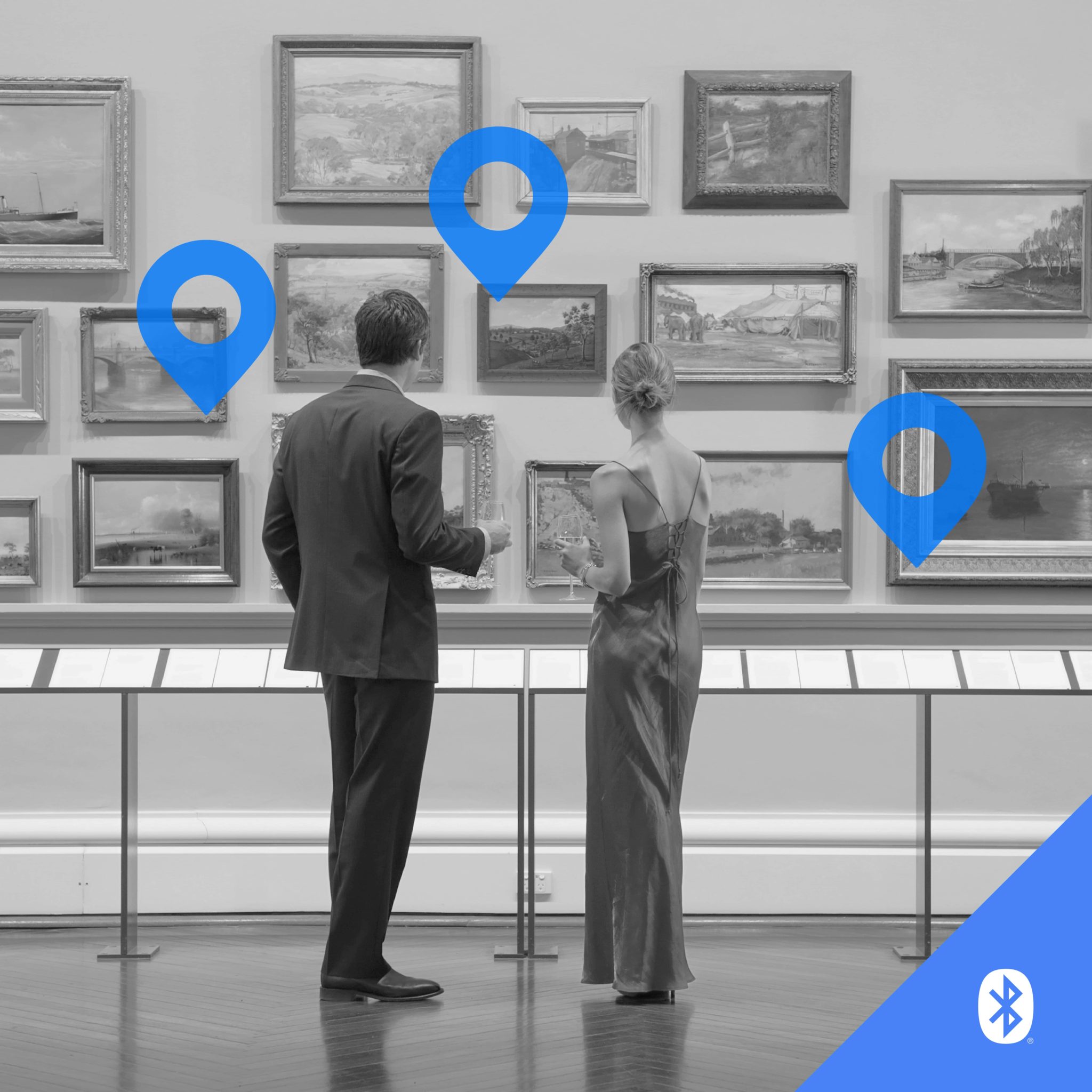Lighting is everywhere you go and in every building you visit. As facilities transition their legacy lighting systems to LED, they are also capitalizing on the opportunity to create a connected lighting system that serves as a central nervous system for their building, and it’s a trend on the rise. According to ABI Research, 40 percent of connected end points in commercial buildings will be smart lighting based by 2021.
These connected lighting platforms can also be used to support additional building services that significantly improve the ROI of new lighting infrastructures.
“By integrating Bluetooth® into lighting, you create a Bluetooth network that lets you think beyond lighting, such as indoor positioning, asset tracking, and wayfinding.”
What is Lighting as a Platform?
Whether you are leveraging a wired or wireless lighting infrastructure, using lighting as a platform allows you to include a host of other services that improve your infrastructure investment. A lighting infrastructure can now do more than provide light. It can serve as a connectivity grid to support advanced services like asset tracking and wayfinding services. “The value of additional services enabled by smart lighting is seven to ten times more valuable than the lighting controls and energy savings themselves,” said Szymon Slupik, CEO of Silvair.
Using Bluetooth® technology to enable lighting as a platform is already dramatically enhancing the capabilities of buildings across a wide range of venues — from museums and retailers like the Van Gogh Museum and Target to offices like CBRE.

Van Gogh Museum
The Van Gogh Museum in Amsterdam recently replaced their lighting system with Bluetooth® enabled LED modules and sensors. As a result, the museum’s lights can now monitor lux, temperature, and humidity levels to help preserve priceless pieces of art with less maintenance or overhead expenses. Museums all over the world are also using advanced lighting controls to deliver point of interest information and wayfinding services that enhance the visitor experience.
The addition of the new Bluetooth Direction Finding feature announced in January means that soon, a point of interest information application on a smartphone could not only inform a user of all the exhibits in the room and allow them to select one to receive additional information, but the user could simply point their smartphone at a specific exhibit to get more information on that item.
“Bluetooth has given us the stability and reliability that were needed to provide accurate indoor location services.”
Target
When switching out their traditional overhead lights with LEDs, Target installed Bluetooth® beacons in the fixtures to enable wayfinding solutions that help customers and employees navigate the store and find products faster and easier. Retailers around the globe are also leveraging Bluetooth beacons to broadcast personalized promotions that create better shopper experiences and increase sales.
CBRE
Recently, CBRE upgraded their Amsterdam offices with an advanced Bluetooth® Networked Lighting Control platform consisting of 400 ceiling luminaires. This new system collects data that helps CBRE analyze building use to cut energy costs, optimize their employees’ work environment, and take advantage of all available office space. The $14.2 billion real-estate-services giant plans to similarly outfit many of its properties around the globe, allowing CBRE to provide tenants with the same infrastructure services and benefits.
Greater ROI with Bluetooth
Implementing Bluetooth enabled lighting as a platform for smart building services can significantly improve your lighting ROI. Bluetooth® technology is the most reliable, efficient, cost-effective, and leverageable solution for enabling lighting as a platform. And it is built on more than 20 years of wireless innovations and supported by more than 35,000 member companies.
View this infographic to learn more about how Bluetooth Location Services can enhance the ROI of your lighting infrastructure.
![]()
FEATURED INFOGRAPHIC
Build a Smarter Building With Blue
See new data on how building with blue can increase reliability, reduce costs, and enhance the ROI of smart building solutions.
































